1. Writing with Quill Pens for a Week

In the early 1900s, students in some schools were tasked with using quill pens to write their assignments, a practice that seems almost laughable today. The goal was to help children develop fine motor skills and gain a deeper appreciation for the act of writing. The messiness of ink blotches and the struggle to keep the quill from fraying certainly made it a challenge. Teachers would sometimes even test students’ patience by assigning entire essays written with these antique tools says Reddit.
At the time, it was a highly regarded skill, meant to teach precision and discipline. But today, most schools encourage faster, more efficient writing, with the help of pens and pencils. While there’s something romantic about the idea of writing with a quill, the reality of it—especially for young learners—is a bit absurd now adds Quora. Imagine having to write your term papers this way—ink stains would be everywhere!
2. Reciting the Entire Declaration of Independence
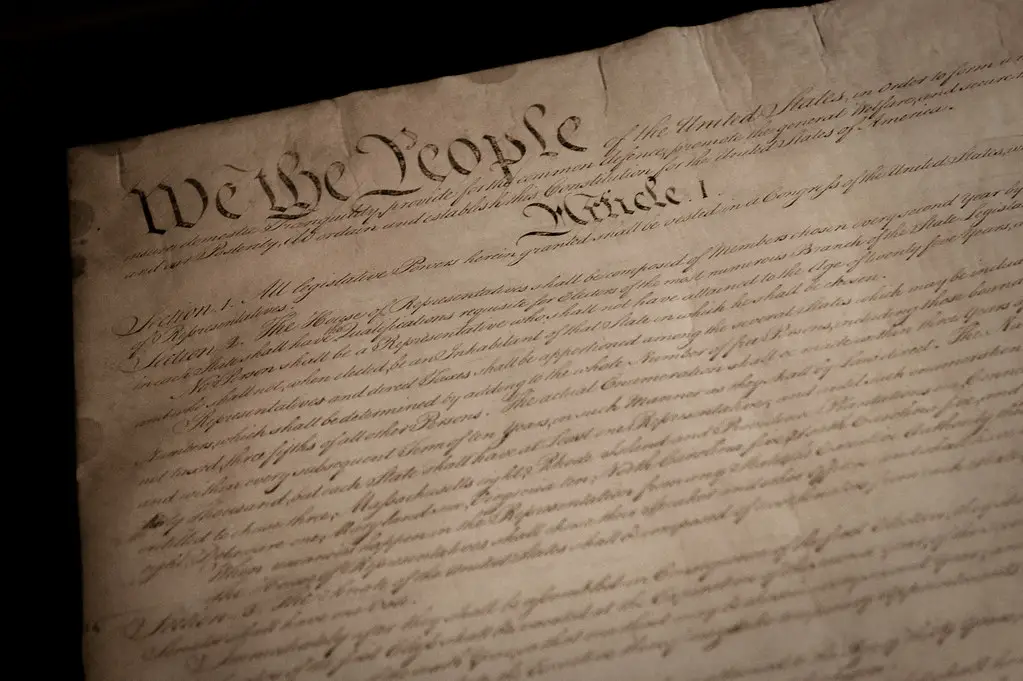
Back in the early days of American education, memorization was heavily emphasized. Students were often asked to memorize lengthy historical documents like the Declaration of Independence, word for word. This exercise was meant to instill a sense of patriotism and help students understand the values on which the country was built. However, asking young children to memorize such a complex document today would seem like a daunting and somewhat outdated task shares NPR.
While memorization still plays a role in learning, it has shifted away from rote recitations of entire documents. Today, students might focus on understanding the historical significance or themes of such texts instead. The idea of memorizing hundreds of words that most of us can barely recall now seems an impractical and tedious assignment explains WBUR.
3. Writing a Letter to a President

It used to be a common assignment for students to write letters to the sitting president, not just as a civics exercise, but as an official class task. These letters were often quite formal and polite, encouraging students to express their thoughts on political matters or even request a response from the president. While this might seem like a charming way to connect young minds to the government, the reality was that most letters went unanswered.
Today, such assignments are rare, and students are more likely to write to local representatives or participate in mock elections. Asking children to engage with the highest office in the land without the expectation of a reply seems pretty whimsical now. After all, writing to the president isn’t as simple as it once was!
4. Writing Essays on How to “Catch a Fish”

In the late 1800s, students in some rural areas were given the unusual assignment of writing detailed essays on how to catch fish. The premise was practical: teaching students about nature and survival skills. But for many children, this wasn’t just a fun outdoor activity—it was a homework task that required detailed instruction on fishing techniques, bait types, and the best weather for a successful catch.
These kinds of assignments were based on the idea that learning about nature was as important as reading books. But today, most students would be baffled by the idea of writing such an essay, especially when fishing is more commonly an extracurricular activity. In a digital age, writing about fishing seems more suited to a blog post than a school essay.
5. Crafting “Pioneer” Survival Kits
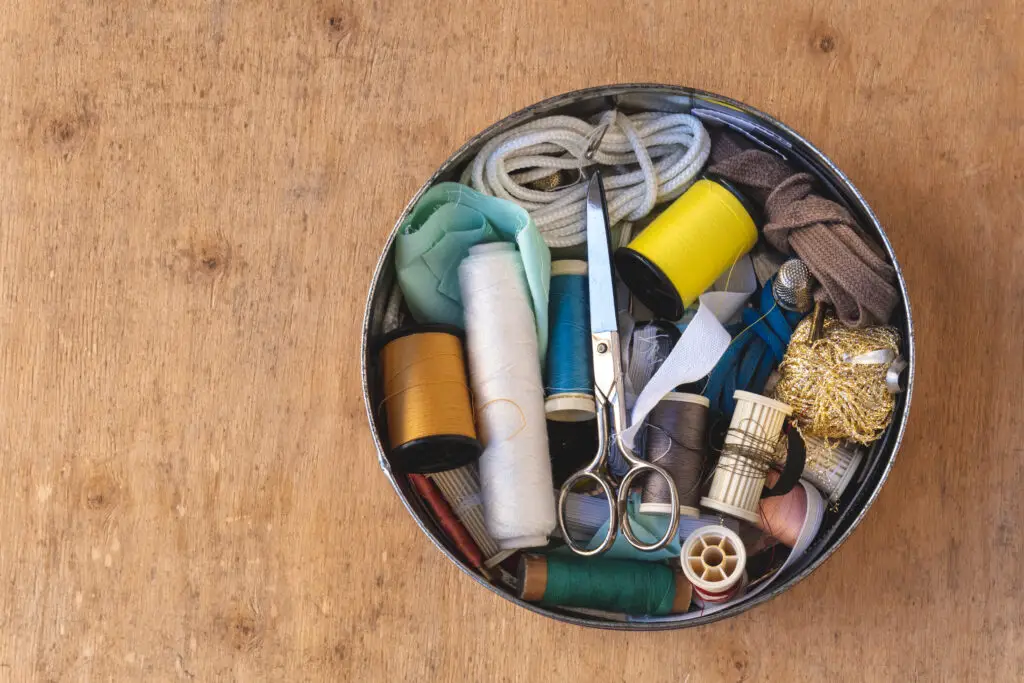
In the 1950s, students in certain U.S. schools were tasked with creating “pioneer survival kits” for their assignments. The idea was to have students imagine what life would be like if they were part of a westward expansion family in the 1800s. They had to fill a box with items they thought would be essential, such as basic tools, foodstuffs, and sewing supplies.
Today, this might sound like a quirky history project for a specific class, but back then it was a routine assignment. While the project aimed to teach history and problem-solving, the notion of children “surviving” as pioneers seems more like an elaborate make-believe game than an educational exercise in the modern classroom.
6. Memorizing the Periodic Table by Heart
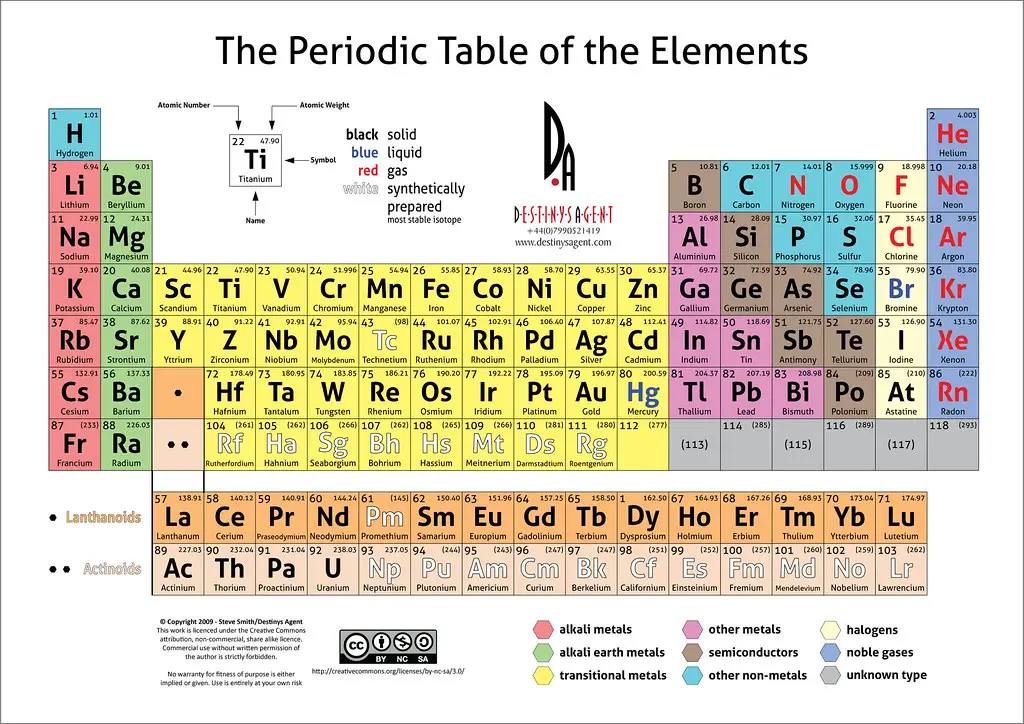
In the early 20th century, one of the more absurd assignments was having students memorize the entire periodic table of elements. This task was often given to students as a test of their memory and ability to retain a large amount of information. For many, it seemed like an impossible feat, but teachers were firm in their belief that learning every element was necessary.
While memorization still holds value, today’s focus is on understanding the principles behind the periodic table rather than simply memorizing it. With the ease of online resources and scientific calculators, this assignment now feels a bit excessive and outdated. Science has evolved, and so has the way we approach learning it.
7. Writing Letters to “Santa Claus”

Before the advent of modern teaching strategies, some teachers had students write letters to Santa Claus as part of their assignments. While this might sound like a fun and festive task, it was considered a way to encourage children to practice letter writing and develop their communication skills. Teachers would even grade the letters on their proper use of punctuation and sentence structure.
Today, the idea of writing formal letters to Santa Claus would be considered more of a fun holiday activity than an academic assignment. The focus has shifted to more critical thinking and practical writing tasks. It’s hard to imagine a teacher today handing out this assignment in a serious educational context.
8. Creating a “Diorama of the Solar System”

Making dioramas as school assignments were popular in the 1980s, and one of the more strange ones was creating a model of the solar system. Students would gather materials like Styrofoam balls and paint to build a miniature version of the planets and arrange them on a cardboard box. This project was intended to help students visualize the solar system, but the need for such a hands-on, somewhat rudimentary project now seems outdated.
These types of assignments were a staple in art and science classes, but in today’s digital age, students have access to 3D simulations and digital models of the solar system. The idea of spending hours crafting a physical representation of the planets now seems inefficient compared to modern educational tools.
9. Memorizing Poetry for the Teacher’s Approval

Once upon a time, students were expected to memorize long poems and recite them in front of the class for the teacher’s approval. These assignments weren’t about analysis or understanding—just pure memorization. Teachers believed that memorizing poetry improved students’ recall abilities and their appreciation for the arts.
In the age of information, asking a student to memorize long verses and recite them verbatim seems unnecessary. Instead, modern classrooms encourage students to analyze the meaning behind poems and connect them to broader themes, making the old-fashioned recitations feel both pointless and absurd today.
10. Holding a “Mock Trial” for Historical Figures
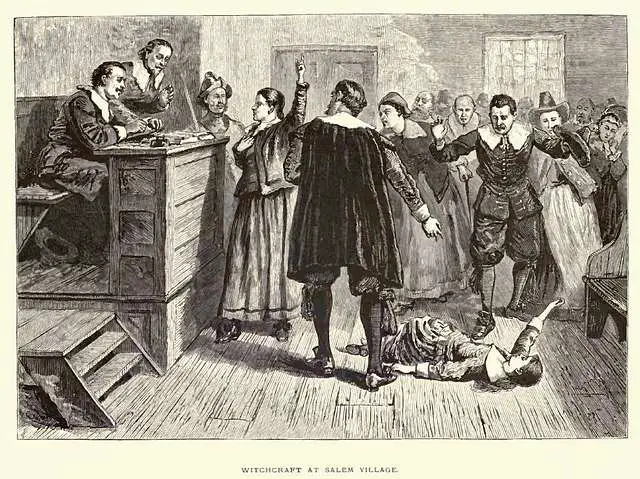
Students once took on the role of lawyers, jurors, and witnesses in mock trials for historical figures—often those who had long passed away. The assignment required students to research the character’s life and present arguments for their innocence or guilt, often based on fictionalized charges. While this might sound like a fun and interactive way to learn history, it seems a little far-fetched as an academic requirement.
These trials were meant to encourage critical thinking and creativity, but now most educators prefer engaging students with more relevant case studies and real-world applications. The idea of “prosecuting” a historical figure in court sounds a little silly compared to the more practical tasks students face today.
11. Writing Essays from the Perspective of Inanimate Objects

This peculiar assignment was once popular in creative writing classes, where students had to write essays from the perspective of an inanimate object, like a chair, a pencil, or a book. The goal was to get students to think outside the box and develop their imaginations. However, for many, the task ended up feeling like an exercise in silliness rather than serious academic work.
While creative writing is still important, this particular assignment has fallen out of favor. Today’s students are more likely to be tasked with analyzing literature or creating stories that focus on human experiences, not the musings of everyday objects. Writing from the perspective of a chair just doesn’t have the same academic value in today’s classrooms.
12. Learning to Juggle as a Physical Education Task
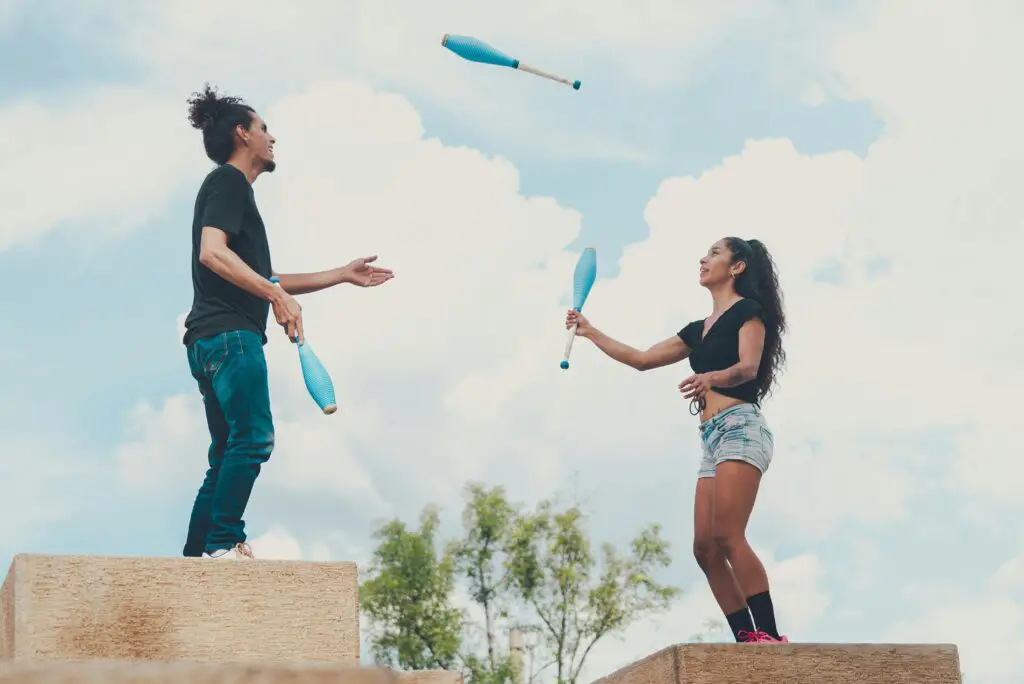
At some schools, students were required to learn how to juggle as part of their physical education curriculum. The idea was that juggling helped develop hand-eye coordination, concentration, and even problem-solving skills. However, the practicality of this assignment has come into question over the years, especially as PE classes focus more on physical fitness and health.
Though juggling does involve some useful skills, teaching students to juggle during PE class seems like an outdated and unnecessary use of time. In today’s world, kids are more likely to learn about sports, fitness routines, and teamwork rather than attempting to master circus tricks.
13. Rewriting Classic Literature in “Modern English”

In an attempt to make classic literature more accessible, some teachers once assigned students the task of rewriting entire novels in “modern English”—a challenging and somewhat bizarre task. Students were expected to take famous works like Romeo and Juliet and update the language, which often led to humorous (or cringeworthy) results.
While it might have helped students understand the literature, the assignment now seems a bit misguided. Today, students are encouraged to explore the themes and language of classic works, rather than change them into something more “understandable.” Rewriting Shakespeare’s Hamlet in contemporary terms doesn’t quite do the original justice.
14. Writing a Letter to a Future Student
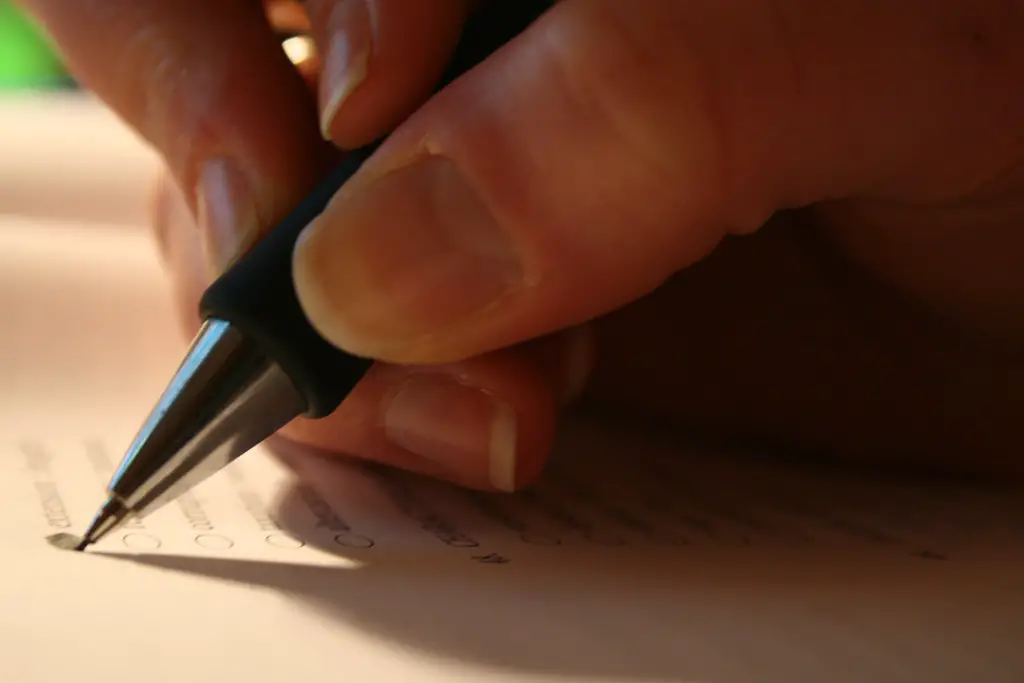
In the 1980s, students were sometimes asked to write a letter to a student from the future, offering advice on what they should expect from the world in the coming decades. While this sounds like a fun exercise in creativity, it doesn’t hold up as a meaningful educational assignment. The assignment often felt more like a writing prompt with little educational value.
Today, most writing assignments have more immediate relevance or educational objectives, such as crafting essays based on real-world issues. Writing to a hypothetical future student, however imaginative, now seems like a waste of time that could be better spent tackling real-world topics.
